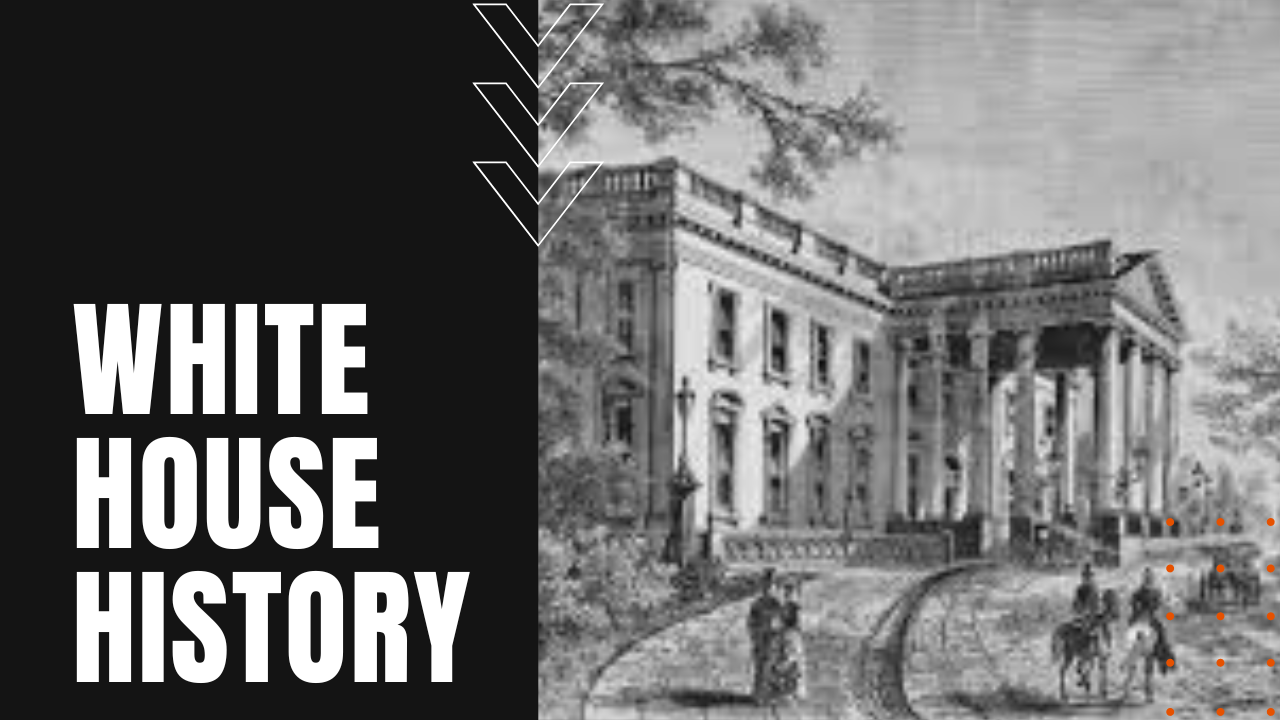White House History

The First White House
Shortly after George Washington’s 1789 inauguration as the nation’s first sitting president, an architectural competition was held for a planned President’s House, which was won by Irish-born architect James Hoban, who modeled his renderings after a Dublin mansion known as Leinster House. Built at a cost of $232,000.00, on November the 1st, 1800, John and Abigail Adams became the first occupants of the yet-completed President’s House, which would later be renamed the White House by President Theodore Roosevelt.
White House Burns Down in 1814
Burned to the ground by the British some two years following the start of the War of 1812, after the White House was rebuilt in 1817, many sitting presidents have left their architectural and interior design footprints on the property, including Calvin Coolidge’s additions of the North and South Porticoes, Millard Fillmore’s addition of a library and William Taft’s Oval Office.
After a fire destroyed much of the executive wing during Herbert Hoover’s watch, reconstruction and expansion of the West Wing would continue well into FDR’s administration. A final major overhaul was undertaken during Harry and Bess Truman’s occupation, who redesigned most of the staterooms on the second and third floors.
The Modern White House
Today, the White House is made up of 132 rooms on six levels, totaling an approximate 55,000 square feet. Over the years, the White House has added longstanding traditions such as the Easter Egg Roll and the official presidential pardoning of a turkey at Thanksgiving, at the same time hosting banquets for foreign world leaders, including such historic events as the 1987 nuclear arms treaty with Russia, making the White House a highly-recognized symbol of the American republic.
